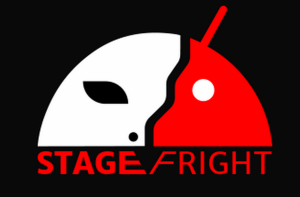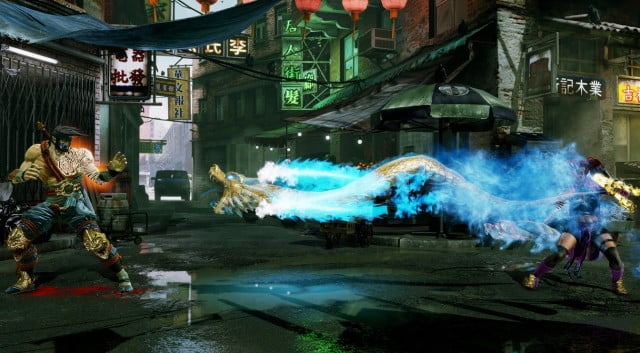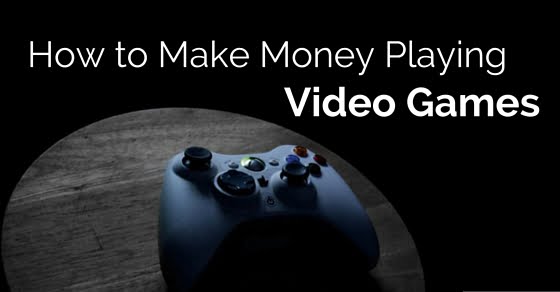Independent testing by Eurogamer suggests this isn’t what actually happened. The company spent hours with what appears to be the final game code. Eurogamer writes:
Curiously, the [SIGGRAPH 2015] paper also states Xbox One’s final output is 1920×1080, and that’s where there is some confusion — as we’ve yet to see evidence of full HD 1080p gameplay in close analysis — barring the title’s HUD elements and menus. In every scene tested so far, a native resolution of 720p is the consistent result found in each pixel count test — so while there’s every possibility of individual render targets operating at higher resolutions, basic geometry that we’re able to measure hands in a 720p result as things stand.
There are two versions of the SIGGRAPH paper in question — the smaller annotated version is available here, while the full version with embedded images is here.

Quantum Break is visually stunning in many respects.
According to Eurogamer, Quantum Break on the Xbox One is often visually stunning, with smart use of materials, lighting effects, and antialiasing. The game makes some use of dynamic resolution scaling to adjust GPU load depending on what’s happening on-screen, but Quantum Break pushes the envelope of what the Xbox One can handle in terms of outdoor environments. Again, here’s Eurogamer: “More open locations combined with continued use of advanced effects work can impact performance to a certain extent. Tearing and frame-rate drops result in judder and reduced controller response here, with this having a knock-on effect to gameplay. Performance suffers just as we take aim at surrounding enemies, and the variable levels of latency and visible stutter make it harder to take accurate shots. Once the engine catches its breath and frame rates stabilize these issues are fully resolved.”

The shadows in Quantum Break are low resolution and tend to dither when you move
Eurogamer writes that the PC version of the game is also locked to 1080p and 30 FPS, though they say the game still “required plenty of work before launch.” Since Quantum Break is a Universal Windows Platform (UWP) application only available through the Windows Store, it’s just not clear if it will transcend the current barriers to that platform or end up duplicating Gears of War’s terrible launch.
Triumphant achievement or symptoms of a larger struggle?
Digital Foundry goes out of its way to praise Quantum Break’s visual design and notes that many of the problems they encountered were isolated to specific areas of the game. Nonetheless, the news that the title’s final output is in 720p (and a soft 720p at that) will disappoint some fans. Writing for Forbes, Jason Evangelho excoriated the 720p / 30 FPS target, writing:
“Nearly 50 games on the original Xbox ran at 720p. 15 years later, one of Microsoft’s flagship titles on the Xbox One system is also running at 720p… I realize that doesn’t paint a complete picture. I realize that the graphics we’re being treated to are light years ahead of past console generations. I realize that Quantum Break actually appears to be a beautiful game… I would be perfectly content with a 720p/60fps presentation. But one that struggles to maintain 30fps 100% percent of the time and is detrimental to gameplay? That’s an issue if true, and it’s not something console players should be dealing with in 2016.”
One of the common complaints this generation has been that it doesn’t really feel like a full generational upgrade. Games look better than they used to, certainly, but not to the degree you might expect given the eight-year gap between the Xbox 360 and the Xbox One (or PS3 vs. PS4). Much of this is explained by price. The PlayStation 3 launched at $499 and $599 ($597 and $693 in 2013 dollars), while the Xbox 360 debuted at $300 (no hard drive) and $400 (20GB). That comes out to $357 and $477 in 2013 dollars, but remember — the original Xbox 360 didn’t ship with Kinect. That’s significant, because Microsoft later revealed it had spent a substantial chunk of the Xbox One’s original development costs on Kinect 2, and the hardware packages from both companies were meant to make them profitable on console says from Day 1, rather than taking a bath on sales from day 1 and hoping to make it up in software license fees.
The fact that both the Xbox One and PS4 have sold briskly to-date suggests that plenty of gamers are willing to tolerate sub-30 FPS frame rates and 720-900p presentations. I’ve got no particular bone to pick with that, and any objective comparison of last-gen to current titles illustrates that the detail levels and overall visual effects have improved, even if the gain is smaller than in previous generations. At the same time, however, Forbes has a point. Resolution isn’t everything, but it’s certainly something, and the fact that developers can’t manage to offer even 60 FPS at a resolution that went mainstream 10 years ago speaks volumes about how both Microsoft and game developers have set their priorities.
There are rumors of major refreshes coming for both consoles, but it’s not clear that either Sony or Microsoft wants to use those refreshes to improve basic presentation. Sony is talking about 4K capabilities, but even an enormous GPU upgrade at the 14nm node wouldn’t fit a 4K / 60 FPS GPU into the $80 – $120 BOM cost of the APU itself. Honestly, I think even 4K at 30 FPS would be a stretch, and I’d rather see a 1080p / 60 FPS target, provided that Sony and MS made constant 60 FPS presentation mandatory.
Microsoft’s Phil Spencer clarified his comments on an upgradeable Xbox One to specify that the console wouldn’t be upgraded in-place, but left open what we think is the more likely scenario — an entirely new Xbox One console with full backwards compatibility and upgraded performance. Sony’s rumored PS4.5 or PS4K appears to envision a similar scenario. The only way gamers would accept this kind of strategy, however, is if they feel like the new, mid-cycle console offers compelling performance updates and capabilities that the previous version lacked — enough to make it worth dropping $400-$500 on a new platform.






